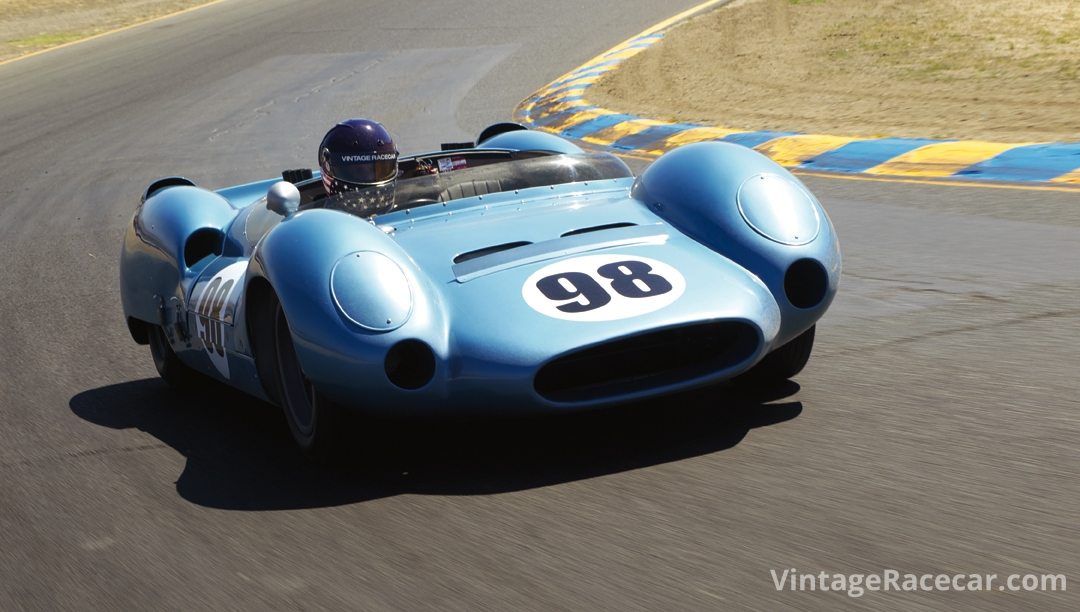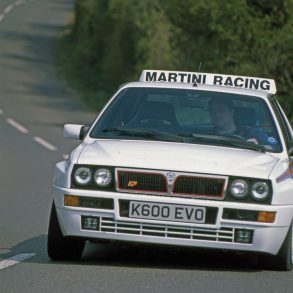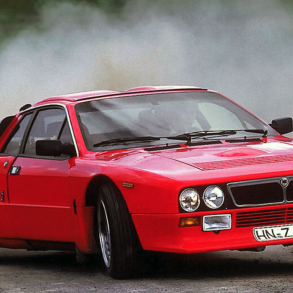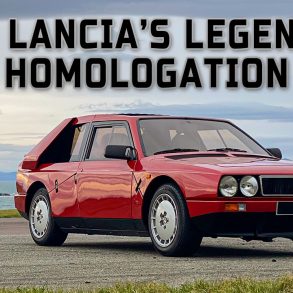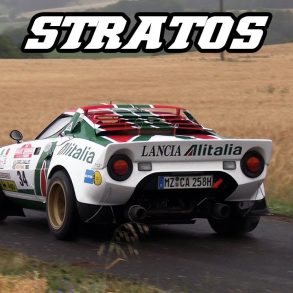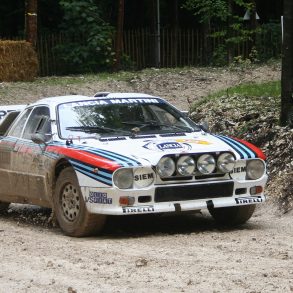I find it really hard to believe that this issue of Vintage Racecar is our 100th! I recently had a full set of back issues bound and it is kind of amazing to look back at all those issues and the improvements that the magazine has gone through over these past nine years of publication. In fact, when we recently sat down and looked through our inaugural issue—32 pages, all black and white—I really had to cringe with embarrassment. However, since it shows how far we’ve come in such a relatively short period of time, I reluctantly agreed to reprint several sections of that first issue, here this month. If you don’t laugh at the amateurish layout, you certainly will laugh at some of the racecar prices that we also reproduced to give you a new sense of perspective on the market.
There’s a great line in the movie “Grand Prix,” where Jean-Pierre Sarti (played by Yves Montand) explains the philosphy of racing to a neophyte. He says that he believes that racing drivers lack a certain amount of imagination, because if they could really visualize what it would be like to hit a tree at 150 mph, they would never get in a racing car again. In the same vein, I firmly believe that starting a magazine requires a very large lack of imagination.
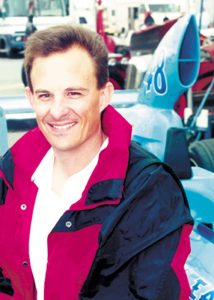
Editor
For me, it started out with the seemingly innocent idea that there was a niche for a high-quality, historic racing publication that wasn’t being filled. Not being terribly satisfied with working as a medical research scientist, I quit my job (“Do you trust me, honey?”), cleaned out the back bedroom of my house, bought a computer and then asked the very expensive question, “How exactly does one make a magazine?”
In the beginning, I was really and truly a one-man band. I did all the layout, the ad sales, the fulfillment, the billing, the data entry, photography and most of the writing. However, I was very fortunate to have convinced Pete Lyons and Tim Considine into writing for Vintage Racecar, right from the first issue. I say “convinced,” because I believe they both agreed based on the fact that the other was going to be involved. However, the exact chronology of who agreed when may have been kind of suspect!
Fortunately, despite my lack of experience, the magazine began to grow and develop a following amongst active racers and serious enthusiasts. By about the sixth issue, I received an email from some lunatic in England wanting to know if I’d be interested in some articles from there. That nutter was Ed McDonough, who would go on to become our European Editor and a very dear friend. Ed brought with him another friend, Peter Collins, who was the photographic ying to Ed’s writing yang. Though a frequent writer and contributor to VR in his own right, Peter’s photography has been featured in many, if not most, of the last 100 Racecar Profiles and, as such, is another dedicated professional that we have to thank for VR’s success.
In terms of regular columnists, we have been very fortunate to have enjoyed the work of some of the best in the business—people like Pete Lyons, Robert Newman, Art Evans and, of course, the ever irascible Mike Lawrence. These guys have not only come up with new and erudite columns every month, but they’ve done it month in and month out for years. That really is no small feat.
In more recent years, the scope and reach of VR has grown tremendously and with the addition of our South Pacific team, led by Patrick Quinn, VR can now lay legitimate claim to being the only truly international publication devoted to the history and competition of vintage and historic racecars.
Of course, while those are the names and voices that you see and hear each month, there a number of other, equally talented, but far less visible people that have contributed enormously to making VR what it is. There are the talented gentlemen, Kevin Rush and Jason Gehrman that do the graphic design, Lynne Gehrman who runs our U.S. office, Penny Sippel who cleans up all of our atrocious spelling mistakes and, of course, the gentlemen who take care of all of our advertisers on three different continents—Norm Sippel (USA), Mike Jiggle (UK/Europe) and Brian Caldersmith (South Pacific). Without all these talented people, we’d still be 32 pages and all black and white…and I’d likely still be working out of the back bedroom of my house!
However, this list would not be complete without a deep mark of gratitude to a man, who had the faith and generosity to support this crazy idea, when it was still just that—me with a crazy idea. His name is Alex Seiler and as my founding partner was instrumental in helping to get Vintage Racecar off the ground. In fact, without his generous involvement, Vintage Racecar likely would never have made it through that first critical year. Recently, Alex moved on to other endeavors, but I for one, will forever be grateful for his support and friendship.
So, from these almost laughable beginnings, and despite all the odds (85% of all magazines fold in the first two years), here we are celebrating our 100th issue and riding the most explosive period of growth we’ve ever enjoyed. Of course, none of it would have been possible without you the reader, who have continued to loyally support this hair-brained idea. Thanks, Cheers and Good on Ya!
Yet Another Century!
Of course, we’re not the only ones celebrating our 100th. This year also marks the 100th anniversary of Lancia as a car manufacturer. As you’ll read in the news (page 12) Lancia just held a large birthday party in Turin for 300 historic cars and 600 dedicated Lancisti. We thought we’d honor this auspicious anniversary with a second “Racecar Profile” this month on the famed Lancia 037 Rally car, which claimed the 1983 World Rally Manufacturers Championship. Additionally, Pete Lyons has taken a look back at Lancia’s stunning racecars of the 1950s—the D24 and D50—and attempts to dissect what made them such iconic machines of the period.
As a result of all these special celebrations and features, you’ll find that this month’s issue is our largest one to date. We hope you enjoy reading it as much as we did putting it together!


